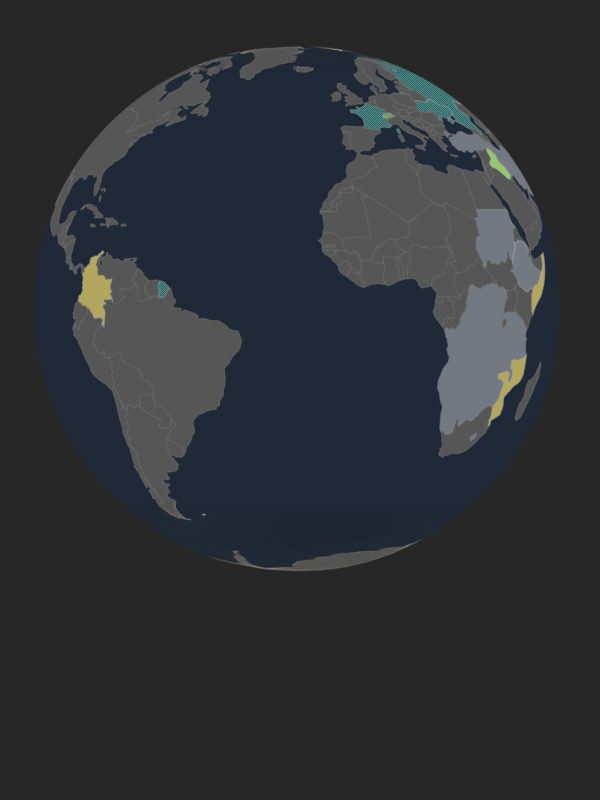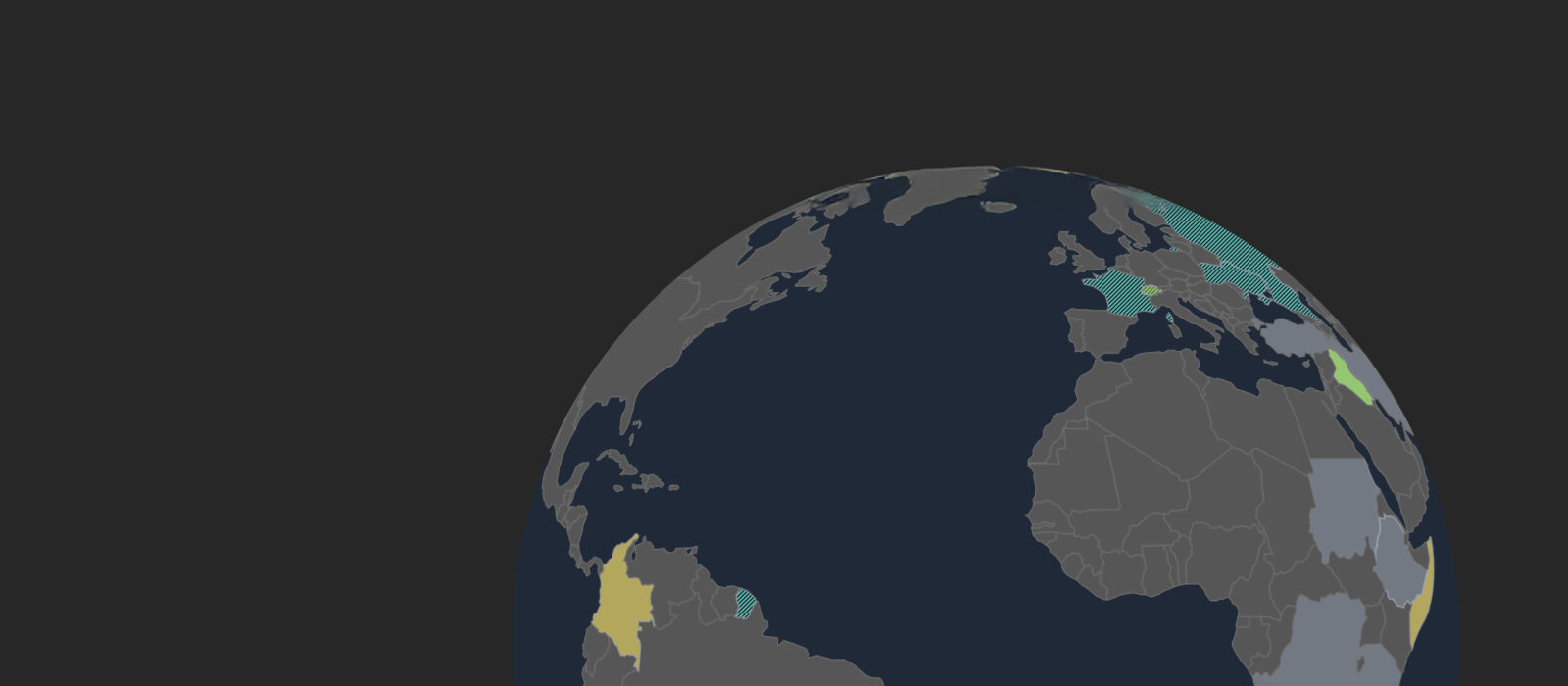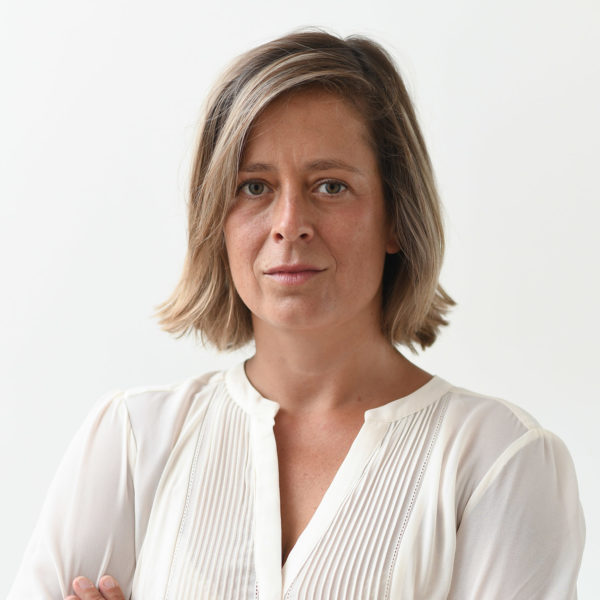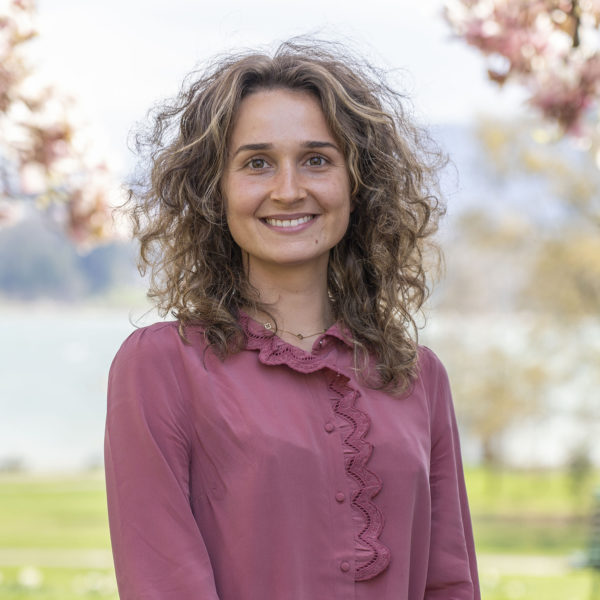War WATCH is the Geneva Academy’s new digital portal that brings together legal conflict classification and documentation of civilian harm into a single, accessible and visually driven platform. Designed for practitioners, journalists, researchers, and the wider public, it offers an authoritative and interactive way to explore how armed conflicts evolve and how civilians are affected.
War Watch was developed to make the Geneva Academy’s long-standing expertise in armed conflict accessible through an integrated and intuitive digital platform.
It brings together two complementary research streams: the RULAC project, which provides systematic legal classification of armed conflicts, and the IHL in Focus initiative, which documents civilian harm and patterns of violations of international humanitarian law.
By merging these datasets and presenting them through interactive visual tools, War Watch responds to the growing need for reliable, legally grounded, and easy-to-navigate information on contemporary and historical conflicts.
War Watch aims to:
- Offer authoritative, peer-reviewed legal classification of armed conflicts worldwide.
- Document and visualise civilian harm and related violations of IHL using a structured and transparent methodology.
- Translate complex legal and factual analysis into accessible digital tools – including interactive maps, timelines, and thematic documentation.
- Support humanitarian practitioners, states, journalists, researchers, and policy-makers in evidence-based analysis and decision-making.
- Integrate historical classification data to enable longitudinal insights into conflict evolution over nearly two decades.
War Watch combines rigorous legal analysis with structured documentation of civilian harm.
The classification of armed conflicts is based on internationally recognised legal criteria distinguishing international and non-international armed conflicts and is peer-reviewed by legal experts.
Civilian harm documentation relies on triangulated, publicly available sources from humanitarian organisations, UN bodies, human rights mechanisms, and academic research.
All entries follow strict quality-control processes to ensure accuracy, transparency, and consistency across conflicts and over time.
The digital platform integrates these datasets into interactive tools, allowing users to explore conflicts geographically and chronologically.
War Watch delivers:
- An interactive global map displaying all contemporary armed conflicts.
- A timeline slider enabling users to visualise conflict evolution over time.
- For each conflict: a concise synopsis, legal classification, identification of parties, applicable law, and structured documentation of civilian harm.
- Annual updates aligned with the IHL in Focus Annual Report.
- Forthcoming integration of the complete historical RULAC archive, expanding the platform to nearly twenty years of conflict data.
The War Watch platform is developed and maintained by the Geneva Academy’s IHL research team, working across the RULAC and IHL in Focus projects.
The team brings together legal experts in international humanitarian law, researchers specialising in conflict analysis and civilian harm documentation, and digital specialists supporting data integration and platform development.
Main team members
Technical partners supporting the digital platform’s development: WonderWeb
• DDIP of the Swiss Federal Department of Foreign Affairs (FDFA)
Funding the legal classification of armed conflicts and supporting the continuation and development of the former RULAC project.
• European Commission – DG ECHO
Funding the civilian harm analysis and related legal classification conducted within the IHL in Focus project.
Additional institutional support is provided by the Geneva Academy, through its Innovation Funds




